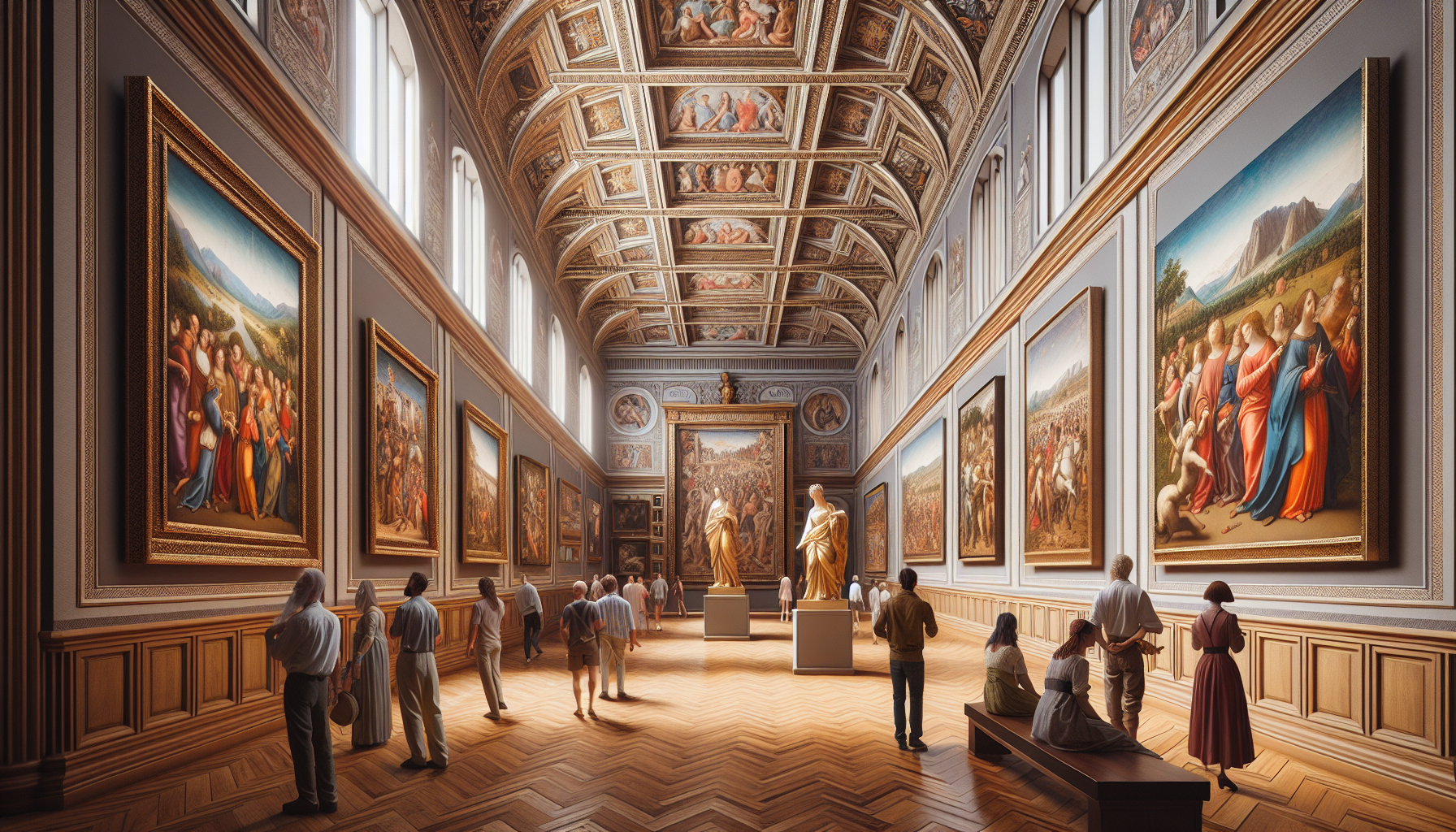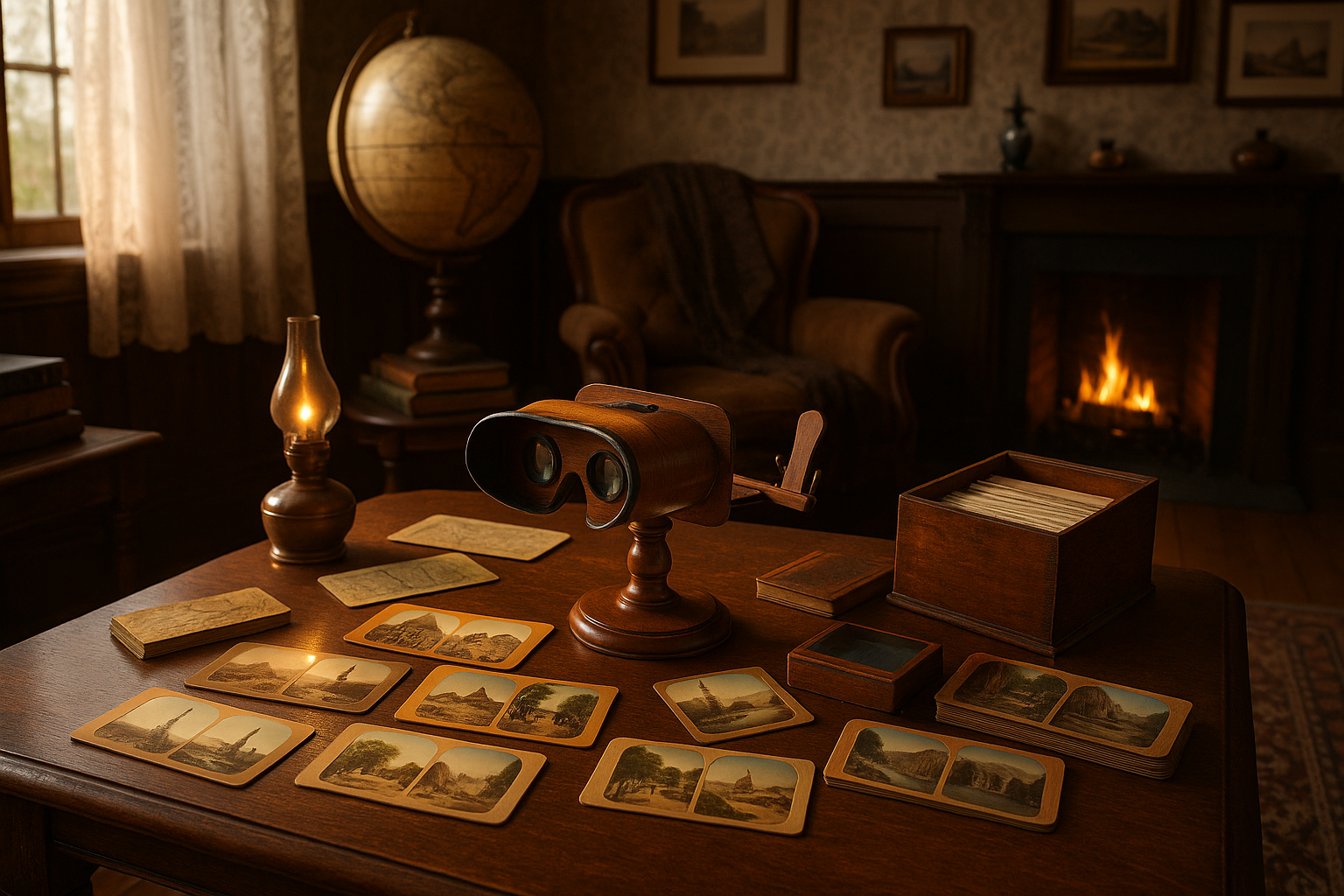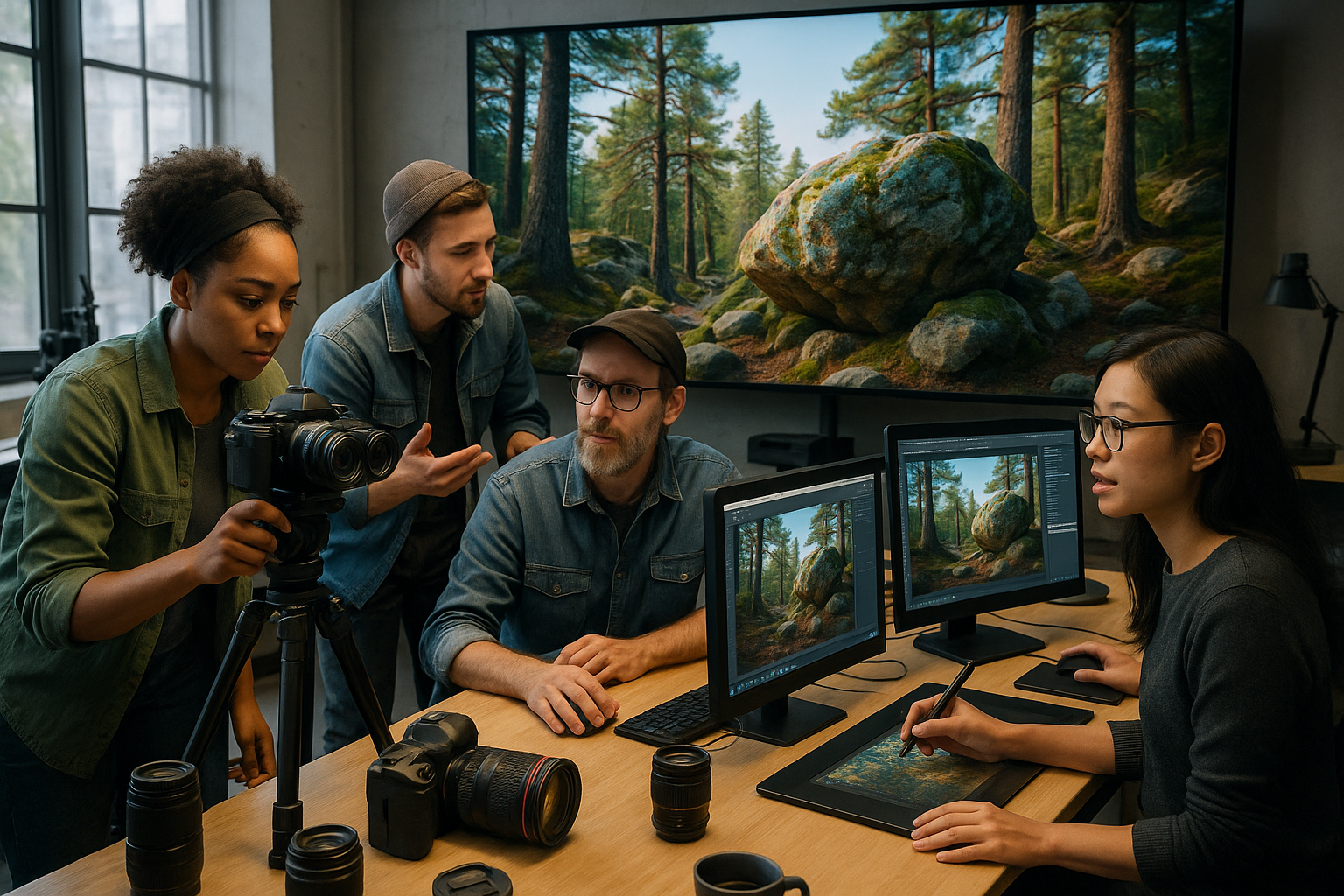The Renaissance era, a time of profound transformation and unparalleled creativity, has long captivated the imaginations of art enthusiasts, historians, and the general public alike. As we journey back to this remarkable period, we find ourselves amidst a flourishing of ideas, where art was not merely a reflection of beauty but a vibrant tapestry woven with profound symbols and innovative techniques. This blog will delve into the timeless allure of Renaissance art, examining the intricate use of symbols that conveyed complex theological and philosophical ideas, as well as the pioneering techniques that artists employed to bring their visions to life. ✨
At the heart of Renaissance art lies a deep and abiding fascination with symbolism. Artists of the time were masters at embedding layers of meaning into their works, using a rich visual language that communicated ideas beyond the immediately apparent. From the enigmatic smile of Leonardo da Vinci’s Mona Lisa to the celestial compositions of Raphael’s frescoes, symbols were integral in expressing the religious, political, and humanistic ideals of the time. We will explore how these symbols functioned within their cultural context, revealing insights into the minds of the artists and the societies in which they lived. This exploration will also consider how these symbols continue to resonate, offering us a glimpse into the universal themes that transcend time and place.
Complementing this symbolic richness were the groundbreaking techniques that set Renaissance art apart from its predecessors. The period marked a departure from the flat, stylized forms of medieval art, embracing instead a renewed focus on realism and naturalism. Techniques such as linear perspective, chiaroscuro, and sfumato revolutionized the way artists depicted space, light, and form, creating a sense of depth and three-dimensionality that had never before been achieved. As we unravel these techniques, we will appreciate the meticulous craftsmanship and scientific understanding that underpinned the art of the Renaissance, highlighting how these innovations not only defined an era but also laid the groundwork for future generations of artists. Through this journey, we aim to uncover the enduring legacy of Renaissance art, celebrating its timeless beauty and its profound impact on the world of art and beyond. 🎨
The Birth of Renaissance Art: A Historical Context
The Renaissance period, spanning from the 14th to the 17th century, marked a profound transformation in European art and culture. This era emerged in Italy and gradually spread across Europe, driven by a renewed interest in the classical knowledge and artistic principles of ancient Greece and Rome. The term “Renaissance” itself means “rebirth,” signifying a revival of classical antiquity’s ideals and aesthetics. As we delve into the world of Renaissance art, it’s essential to understand the historical context that shaped this remarkable era.
During the Middle Ages, Europe experienced significant social and cultural shifts. The fall of the Roman Empire had left a vacuum, leading to a period often referred to as the “Dark Ages.” However, with the rediscovery of classical texts and the establishment of flourishing trade routes, there was a rekindling of interest in ancient knowledge. The invention of the printing press by Johannes Gutenberg in the mid-15th century further facilitated the dissemination of this knowledge, allowing ideas to spread more rapidly than ever before.
Moreover, the patronage of wealthy individuals and families, such as the Medici in Florence, played a crucial role in the flourishing of Renaissance art. These patrons funded artists, allowing them to experiment with new techniques and ideas. This support led to an explosion of creativity, resulting in masterpieces that continue to captivate audiences today. The Renaissance also witnessed significant advancements in science, literature, and philosophy, all of which influenced the artists of the time. As a result, Renaissance art is characterized by a fusion of these disciplines, where artists sought to depict not only the physical beauty of the world but also the intellectual and emotional depth of human experience.
As we explore the symbols and techniques used in Renaissance art, it is essential to recognize the profound impact of the historical context. The Renaissance was a period of transformation, where the fusion of classical knowledge with contemporary innovations led to a revolution in artistic expression. To fully appreciate the timeless beauty of Renaissance art, one must consider the historical backdrop that shaped it.
The Symbolism in Renaissance Art
Symbols played a vital role in Renaissance art, serving as a means of conveying complex ideas and messages. Artists of this era used symbols to imbue their works with deeper meaning, inviting viewers to engage in a dialogue with the artwork. These symbols, often derived from classical mythology, religion, and contemporary society, allowed artists to communicate ideas that transcended the limitations of language.
One of the most prevalent sources of symbolism in Renaissance art is religious iconography. Christianity was a dominant force in Europe during the Renaissance, and many artists sought to convey religious themes through their works. For example, the use of halos to denote holiness, or the inclusion of specific biblical figures and scenes, allowed artists to convey spiritual messages to their audience. The use of symbolism in religious art not only served a didactic purpose but also created a sense of reverence and awe among viewers.
Another significant source of symbolism was classical mythology. The Renaissance saw a revival of interest in Greek and Roman myths, which provided a rich tapestry of symbols for artists to draw upon. Mythological figures such as Venus, Apollo, and Hercules were frequently depicted, often representing ideals such as beauty, knowledge, and strength. These symbols allowed artists to explore themes of human nature and the complexities of the human condition.
Furthermore, Renaissance artists employed symbols to reflect contemporary society and politics. For instance, the inclusion of certain animals, such as lions or eagles, often represented power and authority. Similarly, the use of architectural elements, like columns and arches, symbolized stability and order. These symbols served as a reflection of the social and political climate of the time, allowing artists to engage with the world around them in a meaningful way.
To illustrate the use of symbolism in Renaissance art, let us consider a table comparing some of the most common symbols and their meanings:
| Symbol | Meaning |
|---|---|
| Halo | Holiness, divine presence |
| Venus | Beauty, love |
| Lion | Power, strength |
| Column | Stability, order |
As you explore Renaissance art, pay close attention to the symbols employed by artists. These symbols offer valuable insights into the cultural and intellectual landscape of the time, inviting viewers to engage with the artwork on a deeper level. 🎨✨
Innovative Techniques in Renaissance Art
The Renaissance period was not only a time of symbolic richness but also an era of remarkable technical innovation. Artists of the Renaissance pioneered new techniques that transformed the art world, allowing for unprecedented levels of realism and expression. These innovations in technique were instrumental in shaping the distinctive style of Renaissance art and continue to influence artists to this day.
One of the most significant technical advancements of the Renaissance was the development of linear perspective. This technique, attributed to the architect Filippo Brunelleschi, revolutionized the way artists depicted space. By using a system of vanishing points and converging lines, artists were able to create the illusion of three-dimensional depth on a two-dimensional surface. This breakthrough allowed for more realistic and immersive compositions, enabling artists to convey a sense of spatial harmony and balance.
Another groundbreaking technique was chiaroscuro, the use of light and shadow to create a sense of volume and form. This technique, mastered by artists such as Leonardo da Vinci and Caravaggio, added a dramatic intensity to their works, enhancing the emotional impact of their compositions. Chiaroscuro not only emphasized the physicality of the figures depicted but also conveyed a sense of movement and dynamism, drawing viewers into the narrative of the artwork.
Additionally, the technique of sfumato, developed by Leonardo da Vinci, played a crucial role in achieving lifelike representations. Sfumato involves the subtle blending of colors and tones to create soft transitions, eliminating harsh outlines. This technique allowed artists to achieve a more natural and realistic portrayal of human features, particularly in portraiture. The famous Mona Lisa is a prime example of this technique, where the delicate gradation of tones contributes to the enigmatic quality of the subject’s expression.
To further illustrate these techniques, watch this insightful video titled “Understanding Renaissance Art Techniques” by the channel Smarthistory: YouTube Video. This video delves into the technical innovations that defined the Renaissance and provides a visual exploration of these techniques in action.
In addition to these innovations, Renaissance artists experimented with new materials and mediums. The use of oil paints, for example, allowed for greater versatility and depth of color, enhancing the overall vibrancy of the artwork. The development of new tools, such as brushes and canvases, also contributed to the evolution of artistic techniques during this period.
The technical innovations of the Renaissance were not merely advancements in artistic skill; they were a reflection of the broader intellectual and scientific advancements of the time. As artists sought to understand and replicate the natural world more accurately, they pushed the boundaries of artistic expression, setting the stage for future generations of artists to build upon their legacy. As you engage with Renaissance art, take note of the techniques employed by artists, as they offer a window into the ingenuity and creativity that defined this remarkable era. 🎨🖌️
Conclusion: The Everlasting Legacy of Renaissance Art
As we navigate the captivating world of Renaissance art, it becomes evident that the symbols and techniques employed by artists of this era are more than mere artistic devices. They are a testament to the enduring legacy of the Renaissance, a period that reshaped the way we perceive and create art. The innovations and symbolism that emerged during this time continue to inspire and influence artists and art enthusiasts alike, serving as a bridge between the past and the present.
The legacy of Renaissance art extends beyond its visual beauty. It embodies a profound exploration of the human experience, a celebration of intellectual curiosity, and a pursuit of artistic excellence. As you continue to explore the works of Renaissance artists, let their timeless beauty and ingenuity inspire your own creative journey.
Finally, we invite you to share this article with friends and colleagues who may be interested in exploring the wonders of Renaissance art. Your support in spreading knowledge and appreciation for this remarkable era is invaluable. Let us celebrate the timeless beauty of Renaissance art together, embracing its lessons and inspirations in our journey through life. 🎨🌟

Conclusion: Unveiling the Timeless Beauty of Renaissance Art
As we draw our exploration of Renaissance art to a close, it’s essential to reflect on the profound journey we’ve undertaken through the intricate symbols and groundbreaking techniques that define this era. The Renaissance, a pivotal period that spanned the 14th to the 17th century, marked a time of rebirth and enlightenment, where art was not just a form of expression but a powerful vessel for cultural and intellectual advancement.
In our exploration, we delved into the innovative techniques that Renaissance artists pioneered, such as linear perspective, chiaroscuro, and sfumato. These methods revolutionized the way art was created and perceived, allowing for a more realistic and three-dimensional representation of the human experience. Artists like Leonardo da Vinci and Michelangelo became masters of these techniques, leaving an indelible mark on the history of art. Their works, such as the “Mona Lisa” and the Sistine Chapel ceiling, continue to captivate audiences worldwide, demonstrating the timelessness of their artistic vision.
Moreover, we examined the rich tapestry of symbols that Renaissance artists wove into their works. These symbols were not mere decorative elements but rather profound representations of philosophical, religious, and cultural themes. For example, the use of biblical figures and classical mythology provided a bridge between the spiritual and the temporal, inviting viewers to contemplate the deeper meanings behind the visual narrative. The marriage of these symbols with innovative techniques allowed Renaissance art to transcend its time, offering insights that remain relevant in our modern world.
The importance of understanding Renaissance art extends beyond appreciating its aesthetic beauty. It provides us with a window into the human condition, revealing the aspirations, challenges, and triumphs of an era that laid the foundation for modern Western culture. By studying these masterpieces, we gain insight into the complexities of human nature and the enduring quest for knowledge and meaning.
As we consider the relevance of Renaissance art today, it is crucial to recognize its impact on contemporary culture and society. The principles of balance, proportion, and harmony that defined Renaissance art continue to influence modern design, architecture, and visual media. Furthermore, the emphasis on humanism and individual potential that characterized this era resonates with our ongoing pursuit of personal and collective growth.
In conclusion, the exploration of Renaissance art is not just an academic exercise but a journey of discovery that enriches our understanding of history, culture, and the human spirit. As you reflect on the insights gained from this exploration, consider how you can apply these lessons to your own life. Whether it’s embracing creativity, seeking deeper meaning in your experiences, or appreciating the beauty around you, the timeless lessons of the Renaissance can inspire us all.
We encourage you to continue your exploration of Renaissance art by visiting museums, reading scholarly articles, and engaging with digital resources that offer virtual tours and interactive experiences. Share your insights and reflections with others, fostering a community of learning and appreciation for the arts. Your engagement not only helps preserve the legacy of the Renaissance but also ensures its continued relevance for future generations.
For further exploration, consider these resources:
– The National Gallery: Renaissance Art (Link active as of 2023)
– The Met: Renaissance Art (Link active as of 2023)
Thank you for joining us on this enlightening journey. We look forward to your comments, thoughts, and continued exploration of the world of art. 🌟
Toni Santos is a visual historian and artisan whose creative lens is captivated by the forgotten marvels of antique optical devices. Through his thoughtful storytelling, Toni revives the instruments that once transformed light into wonder—camera obscuras, magic lanterns, kaleidoscopes, and other ingenious tools that shaped our earliest visual imaginations.
His journey is rooted in a fascination with how humans have long sought to bend, reflect, and reveal the unseen. Whether tracing the mechanical poetry of 19th-century projectors or illustrating the tactile elegance of early lenses, Toni’s work invites us to see vision itself as an evolving art form.
Blending handcrafted design with historical inquiry, Toni brings to life the material soul of these devices—celebrating not just how they functioned, but what they meant. His creations and curated stories illuminate a world where science, illusion, and beauty were intricately linked through glass and brass.
As the curator of Vizovex, Toni shares detailed studies, reconstructed artifacts, and immersive content that help others rediscover the origins of visual technology and the magic of analog perception.
His work is a tribute to:
The craftsmanship behind early visual instruments
The wonder of seeing through the eyes of another century
The intersection of optics, art, and imagination
Whether you’re a collector, a designer, or someone drawn to the lost poetry of vision, Toni welcomes you into a world where light is a storyteller—one prism, one lens, one forgotten invention at a time.





